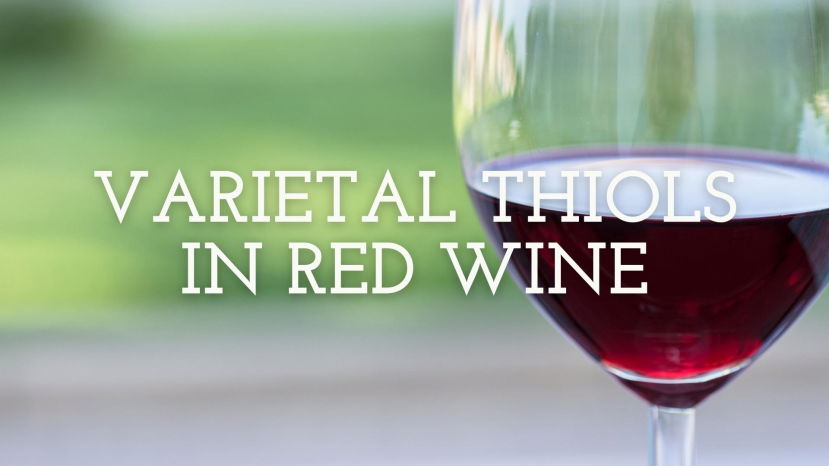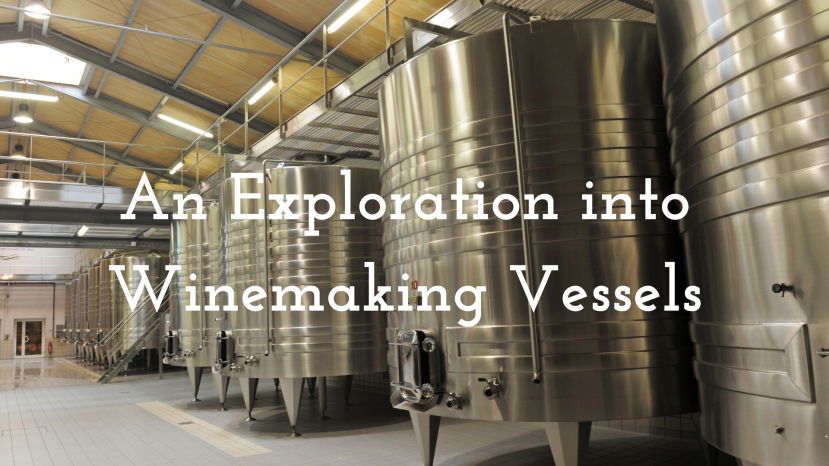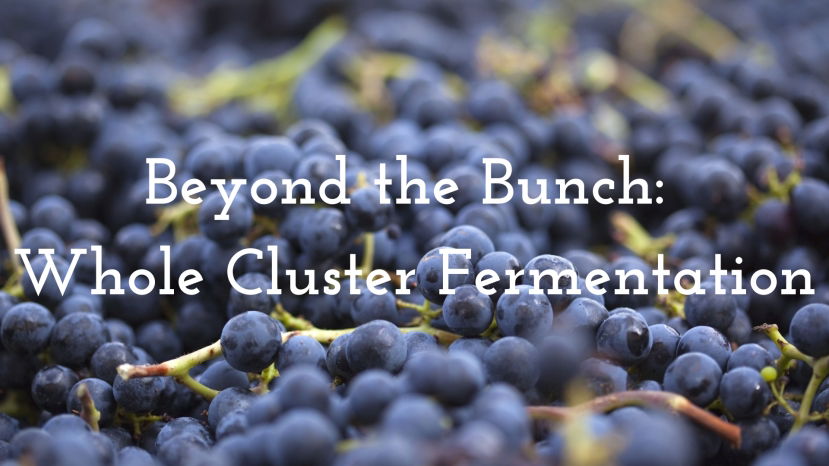BLOG
vinification
In October, most areas of the northern hemisphere are in harvest and going full out!
Many white varieties finish in early October. Although some reds (particularly early-ripening Pinot Noir) may have started harvest in September, generally, October is the month when most red varieties are picked.
In September’s post, we explored the harvest parameters for white grapes. The factors that a winemaker considers when picking red grapes are similar… flavor, acid, sugar, etc. However, there are two key harvest parameters that are more important (and impactful) for reds than whites: tannin ripeness and anthocyanin accumulation (color).
Now that fall has arrived, winemakers turn their attention to the harvest. In most of the northern hemisphere, harvest usually begins by the middle of this month, if not earlier. It is an exciting time. The culmination of all the hard work in the vineyards is realized in the moments the grapes are picked. Vineyard managers can relax now, but the winemaker’s job is just getting started.
Summary:
Intense aromas of blackcurrant and red fruit characterize the sensory profile of some red wines that are very much appreciated by consumers. Over the last decade, researchers have shown that varietal thiols such as 4MMP, 3MHA and 3MH, first identified in Sauvignon blanc, are volatile aromatic compounds responsible for and/or contributing to the expression of these aromas in red wines. Consequently, research on the expression of varietal thiols in red grape varieties is a
Summary:
Join winemaker, Nova Cadamatre MW, as she walks through many of the different possibilities of winemaking vessels including stainless steel, wood, and beyond. Discover the pros, cons, and why winemakers will choose one over another option.
Presenter: Nova Cadamatre MW
Over the course of almost two decades, Nova Cadamatre has become one of the most versatile and experienced winemakers in the industry. She holds a Bachelors from Cornell University in
Summary:
Whole cluster (or whole bunch) fermentation is the winemaking method of using whole grape clusters without destemming during vinification. It is one of the oldest winemaking methods though the introduction of modern destemming machines after World War II shifted winemaking, eliminating much of its use. However over the last 20 years, it has been making a comeback in Burgundy and beyond,
Page 2 of 2
- 1
- 2





